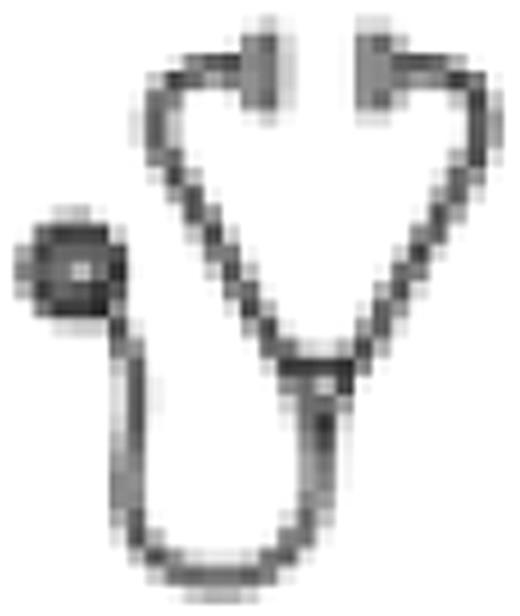Abstract
Abstract 3534
Allogeneic stem cell transplantation (allo-SCT) employing reduced intensity conditioning (RIC) is a feasible procedure in selected patients with relapsed multiple myeloma (MM), but its efficacy is still a matter of debate. The mortality and the morbidity related to the procedure and the rather high relapse risk have made the use of allo-SCT controversial. In addition, the availability of novel anti myeloma treatments, such as bortezomib and lenalidomide, have made the use of allo-SCT less appealing for clinicians.
We investigated the role of RIC allo-SCT in MM pts who relapsed after autologous stem cell transplantation (auto-SCT) and were then treated with a salvage therapy based on novel agents. Our study was structured similarly to an intention to treat analysis and included only those pts undergoing a HLA-typing immediately after the failure of auto-SCT. The cohort of pts having a donor (donor group) was compared with the one not having a suitable donor (no donor group).
One hundred sixty-nine consecutive pts were retrospectively evaluated in a multicenter study between 2002 and 2008. Seventy-five found a donor and 68 (90%) underwent an allo-SCT: 24 identical sibling (35%), 44 MUD (75%). Conditioning regimens were fludarabine, melphalan±thiotepa in 28 patients (41%), fludarabine + 2 Gy TBI in 24 cases (35%), fludarabine and cyclophosphamide in 8 patients (12%) and fludarabine and treosulfan in the remaining 8 cases (12%). Seven pts having a donor did not receive allo-SCT for progressive disease or severe comorbidities. Median age of donor group was significantly younger than no donor group (53 versus 59 years, p<0.0001). No significant differences were detected between the donor and no donor groups with regard of high-risk karyotype at diagnosis (40% vs 43%), median time between auto-SCT and relapse (15 vs 17 months), treatment of first relapse (thalidomide-based 52% vs 39%, bortezomib-based 33% vs 33%, lenalidomide 8% vs 18%, other therapies 7% vs 10%), median duration of first salvage treatment (4 versus 5 months) and quality of response after treatment of first relapse (CR + VGPR 33% versus 29%, PR 47% vs 32%, SD 12% vs 19%, PD 8% vs 20%).
The median follow-up after the beginning of first salvage treatment was 19 months (1-97) for all patients and 29 months for living patients. Two-year cumulative incidence of non relapse mortality (NRM) was 22% in the donor group and 1% in the no-donor group (p<0.0001). Two-year cumulative incidence of relapse was 43% in the donor group and 81% in the no donor group(p< 0. 01). Two-year PFS was 32% in the donor-group and 12% in the no-donor group(p< 0.0001). Two-year OS was 43% in the donor-group and 34% in the no-donor-group (p=0.323). In multivariate analysis, the unavailability of a donor was a significant unfavourable factor for PFS (HR 2.56; 95% CI, 1.35–4.85), but not for OS. Moreover, high-risk karyotype at diagnosis and lack of chemo-sensitivity after salvage treatment significantly reduced both PFS (HR 6.80; 95% CI, 2.19–21.07 and HR 2.27; 95% CI, 1.35–21.07, respectively) and OS (HR 2.37; 95% CI, 1.13–4.96 and HR 3.81; 95% CI, 1.76–8.23, respectively). In patients who actually underwent RIC allo-SCT, the development of chronic GVHD was the only factor that was significant for both EFS and OS in univariate analysis (HR 0.39; 95% CI, 0.16–0.94 and HR 0.30; 95% CI, 0.10–0.91, respectively).
This study comparing salvage treatment with novel agents consolidated by RIC allo-SCT versus salvage treatment alone after a failed auto-SCT provides evidence for a significant PFS benefit in MM patients having a donor. However, we could not detect a OS advantage. The protective effect of chronic GVHD in transplanted patients indicated a possible role of graft-versus-myeloma effect. These results suggest that allo-SCT is still a reasonable option in young patients with relapsed myeloma having a donor, but new transplant strategies that will reduce NRM and novel agents as consolidation/maintenance after allo-SCT have to be investigated.
No relevant conflicts of interest to declare.

This icon denotes a clinically relevant abstract
Author notes
Asterisk with author names denotes non-ASH members.

This feature is available to Subscribers Only
Sign In or Create an Account Close Modal